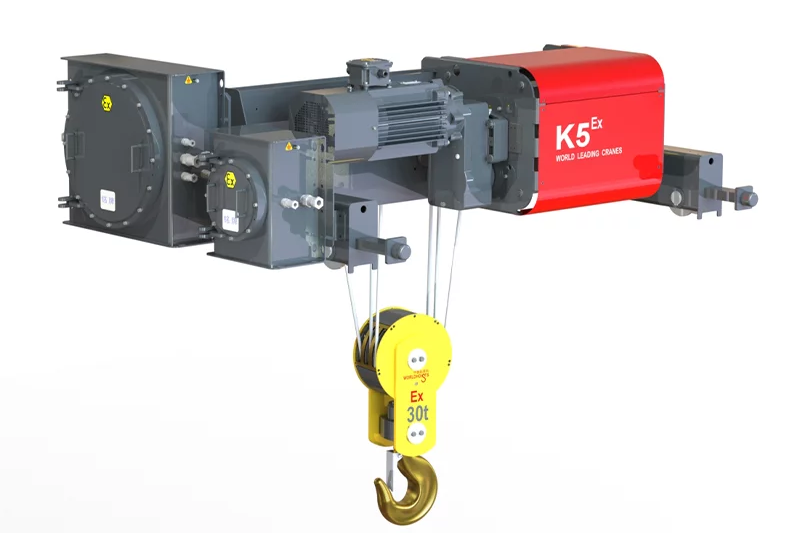Rope hoists are essential lifting devices widely used across various industries, including construction, manufacturing, and even nuclear applications. These versatile tools employ a simple yet effective mechanism to lift heavy loads with precision and safety. Understanding how a rope hoist works can help businesses select the best equipment for their lifting needs. This article will explore the fundamental components and operation of single girder electric wire rope hoist, while also highlighting their significance in specialized areas such as nuclear environments.
Core Components of a Rope Hoist
The functionality of a rope hoist hinges on several key components that work in unison. At the heart of the system is the wire rope, which serves as the primary lifting medium. This rope is wound around a drum, powered by an electric motor or manual gear mechanism. Other vital parts include hooks for securing loads, pulleys that guide the rope, and a frame that supports the entire assembly. The structure must be sturdy enough to handle significant weight, especially in demanding applications like nuclear environments where safety is paramount. As companies look to purchase equipment, partnering with reputable wholesale winches?suppliers can ensure quality and performance tailored to specific industry requirements.
Mechanism of Operation
The operational principle of a rope hoist is relatively straightforward. When engaged, the electric motor (or manual crank) turns the drum, winding the wire rope around it. As the rope winds up, it lifts the attached load off the ground. Many single girder electric wire rope hoists come equipped with advanced features such as variable speed controls, allowing operators to adjust lifting speeds according to the task. Safety mechanisms are also integrated to prevent overloads, ensuring that the hoist operates within its designed lifting capacity. For industries like nuclear energy, using safety-engineered hoists is crucial, as they are specifically designed to withstand radiation exposure and seismic events, adhering to stringent regulatory standards.
Applications and Advantages
Rope hoists are not only efficient; they also offer versatility across various applications. They can be employed for lifting, lowering, and positioning loads in tight spaces due to their compact design. This makes them a popular choice in factories, warehouses, and construction sites. In nuclear applications, safety and reliability are non-negotiable. Rope hoists designed for this sector utilize radiation-hardened materials and seismic-qualified designs, ensuring compliance with the rigorous demands of the nuclear industry. By utilizing a single girder electric wire rope hoist in these environments, businesses can benefit from enhanced operational efficiency while ensuring the highest safety standards are met.
At WORLDHOISTS, we specialize in providing high-quality lifting solutions to meet diverse industry needs. Our single girder electric wire rope hoist is meticulously engineered to perform reliably, particularly in critical settings like nuclear facilities. We prioritize safety and innovation in our designs, ensuring that our products exceed regulatory requirements and offer long-lasting performance. When you’re looking for reliable lifting equipment, we invite you to explore our range of products and discover how we can support your operations with our premium offerings. Partnering with WORLDHOISTS?means investing in safety, efficiency, and excellence.




